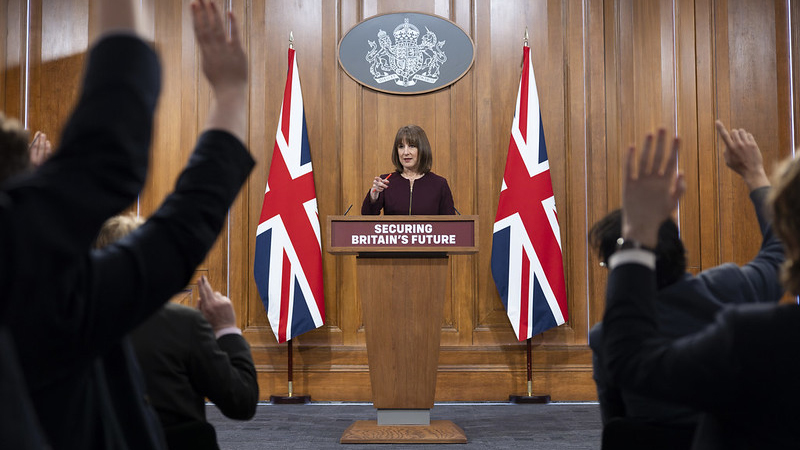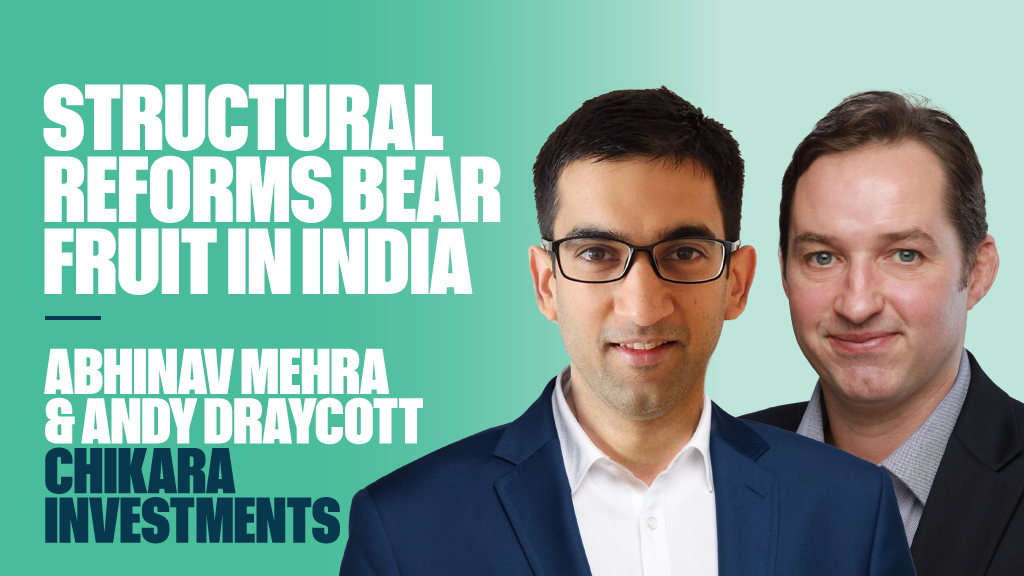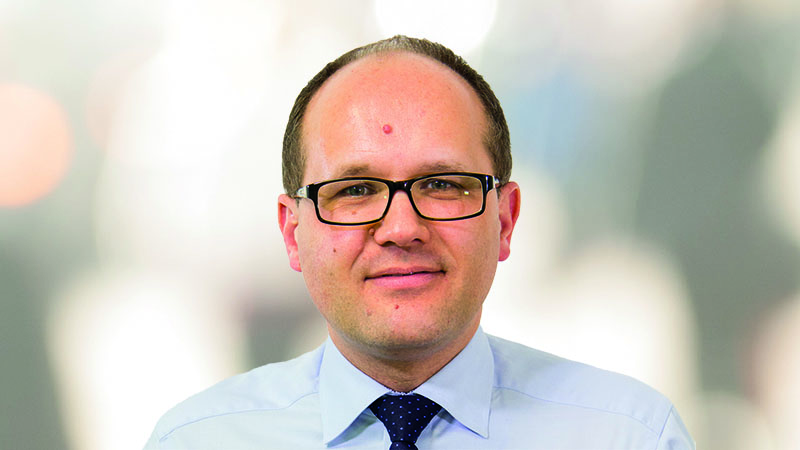The FTSE 100 is on track to record its third-best year for cash returns, according to AJ Bell’s latest ‘Dividend Dashboard’ for Q2.
The index is currently expected to yield 4.1% this calendar year, made up of a projected £83.8bn ordinary dividends, a £7.7bn increase from the £76.1bn shareholders received last year.
Meanwhile, £28.2bn worth of buybacks from 34 FTSE 100 members have already been announced. Further buybacks are set to be unveiled, though the platform warns the same number (34) were announced at the halfway stage of last year with only seven more coming in the second half of 2022.
See also: Tracker funds dominate AJ Bell retail investor portfolios in H1 2023
As of today (10 July), Vodafone is the highest-yielding stock with a 10.8% dividend yield. Glencore and M&G are also anticipated to pay out double-digit yields this year.
Seven FTSE 100 firms currently offer a yield above 8.7%, which is twice the yield available from a UK 10-year gilt. These include Phoenix Group (10%), Taylor Wimpey (9.3%) and Legal & General (8.9%).
Financials driving dividend growth
Financials are driving dividend growth this year and are currently forecast to distribute £14.3bn to shareholders, which is higher than the sector’s £13.3bn peak in 2007. HSBC is currently anticipated to grow its dividend by £3.6bn, the most of any single stock in the index.
However, AJ Bell said the dominance of financials is a potential concern for income investors as interest rates continue to climb.
Investment director Russ Mould (pictured) said: “After a succession of 13 quick-fire interest rate increases from the Bank of England, returns on cash should be improving, at least in theory, while the benchmark ten-year gilt yield is 4.36%.
“Investors can even find nominal yields of 5.2% on two-year gilts, so the days of ‘There Is No Alternative’ (TINA) when it comes to equities and the hunt for yield seem to be over, at least for now. Indeed, some strategists are pointing out the rival claims of bonds (and cash) as they coin a new acronym, TIARA – There Is A Real Alternative.”
He added: “This increase in the number of options available to those looking to build a diversified portfolio of assets, and combat the evils of inflation, is one possible explanation for why the FTSE 100 continues to paddle sideways like a wounded duck.
“Another may be an understandable degree of scepticism regarding FTSE 100 earnings and dividend forecasts for 2023, given ongoing inflationary and input cost concerns, higher interest bills, tax increases and the murky economic outlook.”
Dividend cover remains healthy
While a further economic downturn remains a danger, investors may feel comforted by dividend cover remaining at 2 times, Mould said.
“As a result, their shareholder distributions may not quite be the same hostage to fortune that they proved to be in 2016 or 2020, should another unexpected shock emerge from left field.”
He added: “Generally, an earnings cover ratio north of 2 times is seen as offering some support and comfort to dividend forecasts, as it suggests there is a buffer in case of any sudden or unexpected event, such as an economic downturn or company-specific problem which threatens profits.”











